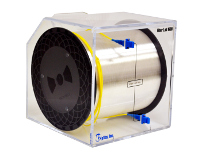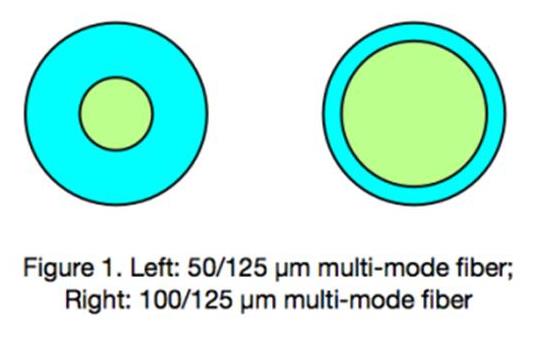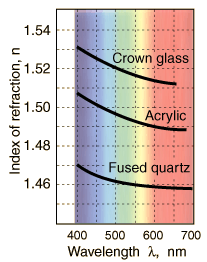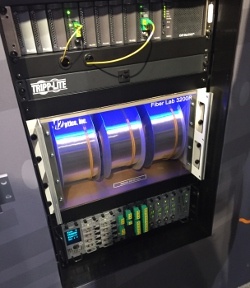If you are in the line of work where you are simulating networks using optical fiber, it is safe to assume that you have a few spools of bare fiber sitting in your test environment. The importance of ensuring your fiber-based network devices will work as envisioned before deployment in the field is vital. However, running simulations using unprotected or unsecured spools fiber can prevent you from producing the maximum results due to challenges that can arise.













